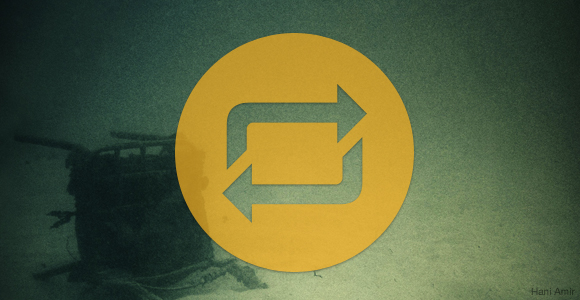
Style and technique is what makes a good designer distinguished and recognizable. It’s our practice of form and function.
The client sees your past works, decides to work with you, and has certain expectations from your previous work as well as their own dreams.
Since I haven’t work with clients in web design, I can only assume what is happening. My perspective is coming from the process of critiquing my friends’ site designs as well as defending my very own works for the next version of Resimplify.
In every conversation the debate between “what works” versus experimentation comes up. I side with experimentation. We know that form follows function, but how that is practiced lies my argument. Those that choose “what works” are basing their design on previous forms. And those, like myself, that choose experimentation base their design by focusing on the function and figuring out the appropriate form.
The fundamental of form and function is so basic in design that the value it teaches is undervalued in the practice amongst the masses. Why?
First off, I hope we all like to design due to our love for creating a better world in terms of form and function, but money and common practices might be effecting our practice.
I don’t want you to get the idea that “what works” is designing for what is right and comfortable and that experimentation is so far fetched but worth trying. I’m simply saying that designers are doing more of what works as opposed to experimenting with the form and function.
During my casual conversations amongst my friends I tend to be the one giving reasoning to why I made the design the way I did. And usually after a few minutes of talking it out they understand. On the other hand many designers would shy away from doing this and just going after what works so the reasoning and explanation is clear or obvious.
I’m a firm believer that the traditions and practices of what works are interfering with designing for the client, the community, and building something truly great and magical.
When you look at people saying, where is your email sign up form, your navigation text, and your responsive design what they really are saying is where is your logo?
Rather than focusing on what would make a better design they are focused on what is a common practice and should be there. I do believe having an email sign up form and responsive design are good elements to think about and possibly include, but for the reasons of function rather than trending form.
Louis Sullivan, Frank Lloyd Wright, and Jony Ive just to name a few have believed in a certain vision and paved forward even though at first the designs seem a bit outlandish at the time. Today, they are highly respected.
I love design because of how creativity and personality can be combined together to create something useful and magical. I’m one that looks to see how certain elements can be shaped to create the right voice and personality that the company, site, or client needs.
It’s all in the reasoning. A short hidden reasoning isn’t the goal. It’s not my goal and I choose to put my efforts in function, not form. Remember good design requires both during the process through experimentation, not just by doing what works.
This is why I began and continue to design. I like to think and give hidden reasoning. Do you? And if so, is that reflected in your work?
 About the writer:
About the writer:
Derek Jensen is a UI Designer and the Editor-in-chief of Resimplify. He also has his own website, which he posts interesting links and quotes on a more personal but still design focused level. You can also check out his Dribbble page, which has more of a clean and print like aesthetic. I appreciate Derek taking the time out of his day to write an original article for my site and doing so without flaw!



Pingback: The State of Experimenting | Resimplify